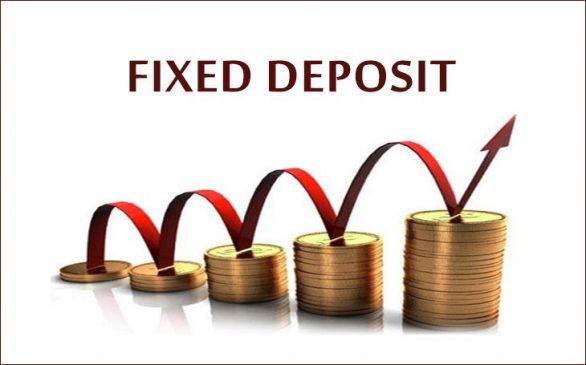Fixed deposit (FD) rates have seen a significant rise in India in the recent past. This is because the Reserve Bank of India gradually increased repo rate from 4% to 6.5% after May 4, 2022, to combat rising inflation and tighten liquidity in the system.
But are FD rates high enough to absorb the impact of high inflation. Calculations show that the post-tax returns are lagging below the anticipated inflation rate of 5.4% for the financial year 2023-24. Per data obtained from bank websites by FundsIndia Research, as of December 31, 2023, the average bank FD rate was 6.71% pre-tax and 4.7% post-tax, subjected to a tax rate of 30% for the period of 1 year.
The interest rates offered by banks differ. For instance, HDFC Bank offers a pre-tax interest rate of 6.60% and a post-tax return of 4.62% for one year FD, while ICICI Bank stands at 6.70% pre-tax and 4.69% post-tax. The State Bank of India (SBI) offers 6.80% pre-tax and 4.76% post-tax FD rates. Punjab National Bank (PNB) offers its customers a pre-tax rate of 6.75% and a post-tax rate of 4.73%.
If we extend the horizon to a two-year FD term, the figures are slightly higher. HDFC Bank offers a pre-tax rate of 7 % yielding a post-tax interest of 4.95%. ICICI Bank offers a pre-tax interest of 7.10% and a post-tax return of 5.02%. Both SBI and PNB extend a pre-tax rate of 7.00% and 6.80% respectively.
Read More: SaveIN launches healthcare services at no-cost EMI for credit card holders
As a result, SBI’s post-tax return is 4.95%, and PNB’s is 4.81%. The average FD rates for a two-year term across these banks are 6.98% pre-tax and 4.93% post-tax.
In the last monetary policy announcement of 2023, the RBI Monetary Policy Committee (MPC) foresees Consumer Price Index (CPI) inflation to remain steady at 5.4 percent for the fiscal year 2023-24 (FY24), consistent with previous expectations.
The rising FD rates reflect the banks’ attempt to attract more deposits, considering the liquidity scenario. However, the post-tax returns still fall short of the expected inflation rate for FY24, which might erode the actual returns over time. Therefore, investors need to carefully consider their investment options, taking into account the tax implications and inflation forecasts. Hence, if you are concerned about inflation eating away the returns on your investments, then you can consider investing in a mix of equity, gold and debt mutual funds to earn better returns.
You can also consider small finance banks that are offering better returns on the FDs than traditional banks, but, you must consider if the return that is being paid out compensates adequately for the risk.





































